Kleschevain has long been loved by domestic gardeners. Every year the popularity of this plant is becoming more and more significant. And how otherwise, it is such a beautiful original mini tree! The appearance of Kleshinovina really resembles an exotic palm tree. In itself, this is a rather powerful plant, it has huge leaves, visually similar to maples. Now Klezhevina is found not only in flower arrangements imitating subtropics, but also on ordinary humanities, where these decorative "palm trees" are planted as a decoration of flower beds or alive hedges.
Content |
Klecers: Plant Description
- Klecevine is a perennial plant, originally from distant Africa.
- The name "Klezhevin" comes from the Latin word "Ricinus" - it means "tick". This name plant received due to the fact that its seeds resemble the insect - tick.
- In Russia, the Kleshiewinn is called differently. The most popular: "Turkish hemp", "Paradise Tree", "Castor".
- Klecevine has an ancient history: archaeologists argue that the seeds of this plant were found in sarcophagas at the Egyptian pharaohs.
- The appearance of this plant is quite exotic: straight stem, the height of which reaches one and a half or two meters, and on it there are huge leaves of dark purple or green (depending on the variety). Leaves or seven, or nine-eye, similar to maple leaves.
- Klecers grows very quickly.
- Most often this plant is used as annual.
- Cleanavine seeds are a very valuable product - castor oil is obtained.
- Remember! Castor oil obtained by handicraft in household conditions is a real poison. To remove poisonous substances, the fluid needs specialized industrial processing. Do not even try to use the product from seeds for home purposes, a huge number of people died from it.
- Kleschin is used today as a decorative plant. Thanks to a huge amount of varieties, every gardener will be able to choose "Palm" for yourself.
- We have a "Cossack" - a strong and branched plant with red-brown stems and green with red bumps with leaves. But the flowers from the "Cossacks" are red.
- Blosschin flowers at the end of summer - in August.
- Under favorable conditions, the growth of individual grocery varieties can reach 10 meters.
Types of Kleschille
Today there are a lot of varieties of Kleschevin, since for a long time this plant grew uncontrollably and no one led.
Currently, the following types of kegregular are purposefully cultivated:
- Cleanavine ordinary. The green plant (both the leaves and the stem) is 100-120 cm high, the leaves are large, and they have a glossy surface.
- Barbonic ticklaith. The plant can reach a height of three meters. Barrel dense, tree, red. Leaves are large, green, have a shiny surface.
- Kleschevin Zanzibarskaya. Plant height is about two meters. Barrel and leaves are dark red.
- Indian Kleesvane. The height of the plant is 120 cm. The trunk is dark, almost black, the leaves of a dark green color.
- Gibson Kleschevin. Plant height 150 cm, barrel and leaves have a dark red color.
How to grow ticklever
- Kleysvain is one of the plants that multiply only seeds.
- It is not difficult to grow this plant, since Kleshchevina is an absolutely unpretentious plant.
- With particular care, you need to choose a place where Klechevine will grow: the soil should be loose, but nutritious and moistened. It is best to plant tgishvin in the black soil, but at the same time provide a good drainage plant.
- Kleschevin loves a lot of sun.
- Kleschevin does not like drafts and frequent strong gusts of the wind.
- Cleanavine is quite warm-loving and does not like cold weather - even with minor frosts, the plant can perish.
- You can buy ticklaith seeds in any seed or flower shops. You can buy seeds at agricultural exhibitions or even assemble independently - from those plants that grow nearby.
- Kleschevin is grown through seedlings or immediately in open ground.
- To receive seedlings, the seeds must be sown in the middle of spring - at the beginning of summer (but not earlier than the middle of March).
- It is best to grow ticklaith with seedlings - this will allow the plant to rise and strengthen. In addition, it will not feel all the "charms" of frosts.
- In the open ground plants are planted in May.
Klecers: landing and care
Planting Kleschina at seedlings
- Cleanavine seeds for obtaining seedlings are seeded from the end of March and until mid-June - due to the fact that the plant rises very quickly, you can not worry that "June" will not catch up with "March" - over time will catch up. There are also their superstitions at the gardeners, they claim that the best month for the landing of Kleschina - April.
- Each seed of Kleschevina needs to be planted in a separate pot. Shed 2-3 seedlings in one pot (in order to save) incorrectly - plants grow very quickly - soon they will be closely in one pot.
- During the day before landing, the seeds must be soaked in water. At the same time, water must be warm.
- During the day until the seeds drink moisture, the water will have to change several times.
- Seeds should not deepen in the ground by more than 2-6 cm.
- Earth, with landlord seeds needed to cover the matter.
- The pots with seeds must be put on the windowsill, while it is desirable that the windows are part of the south: the sun is the best friend of Kleschyevina.
- No need to water the soil during the landing of seeds or immediately after that.
- The first watering of the plant must be made after the sprout appears.
- Seedlings can be planted in open soil just when you are sure that there will be no more frosts. This is somewhere in early June.
Kleschevin: seedling seedlings in open ground
Cleanavine seedlings are planted into the open ground only after the nights become warm and there will be no concern that freezing will be returned. Specialists advise not to rush and do not replant the plants earlier the end of May, and even better - to wait until June.
Cleanavine seedlings are very gentle. It must be treated carefully carefully, even tremble.
It is especially important not to damage the roots - if they are injured, the plant may die. That is why immediately before landing plants in open ground, seedlings should be as possible as possible to pour water - this precaution is obligatory, it will not allow to crumble from the earth.
The wells are not very deeply digging - so that the entire root system and stem to the first leaf is turned out to be underground.
Seedlings need to be transferred carefully, along with a lump of the soil from the pot. If there is an opportunity, the pot can be cut at all, after which it is possible to remove seedlings. It is precisely that precautions can significantly reduce the risk of damage to the root system, which to ensure a reliable increment of Kleschildren in a new place.
Do not forget to carefully fall asleep the well with the sprout of the earth and a little tamper the piglets.
Kleschevin: landing seeds
But at all, it is not necessary to mess around with the seedle, because there is another way to grow ticklaith - planting seeds into an open ground. But this method can be real only in one case - the air temperature should not fall below 12 degrees of heat.
First of all, it is necessary to prepare seeds: facilitate the spons of the "way to life". A film that covers the ticklaith seeds is very dense, oily, so to help the plant, it will be necessary to clean each seed with the sandpaper separately. Thanks to this processing, sprouts will appear much faster - after three weeks you will see the result of your efforts.
Do not put the seeds of Kleschina deeper than 10 cm in the ground, but it's not very close to the surface to leave. The optimal option is 5-8 cm.
If you grow tickprofin not from seedlings, then one hole can be put up to three seeds.
Kleschevin: Plant Care
Klecers, as seen by the photo, an unpretentious plant, but after disembarking seedlings or planting seeds, it, like all living things, needs to be care. For the moleclavina, which grows in his homeland - in Africa, of course, no one cares, but our lands and our climate for this beautiful foreigners are alien, so if you have taken to grow such "palm trees" in your site, take care of To the plants get everything necessary for development and growth. High-quality and full care - the key to a beautiful and healthy plant.
Cleanavine is not caprip, but very loves water - it is a regular watering that will provide a plant for blossoms. Water is generally important for Kleschin - and during the formation of "crowns", and during the ripening of "fruits", and in the period of launching the floweros. An exemplary rapid graph looks like this: 10 liters of water per plant, and watering should be done every five days.
What is noteworthy, the Kleschevin is developing throughout the time - all summer leaves in plants on growth, development, seed release. That is why experts recommend from time to time to feed the flower.
- Before the start of flowering, the plants are being plucked or poured nitrogen fertilizers.
- As soon as the plants began to form a flower brush, it is necessary to start feeding with potash-phosphoric fertilizers.
Do not forget that while the plant is young, it needs to be supported. Unlike adult tickprine - adult pigle feels more confident, since the root system has been strengthened, and the stem has booted juice.
Important! The feature of Kleschevina
Yes, Kleschevin is a beautiful plant, but his seeds - poison!
In the seeds of this plant, there is a ricin - an extremely dangerous substance that can lead to death when entering the body.
Only 6 seeds are a deadly dose for a child, for an adult, a dose of 20 seeds.
Do not allow the children to play near the plants, tear the leaves, try to taste, generally ban the seeds in the hands!
Cake Kleschevina is also extremely poisonous! Although it does not interfere with being a cake with excellent fertilizer, which not only contributes to the soil useful substances, but also scares soil pests.

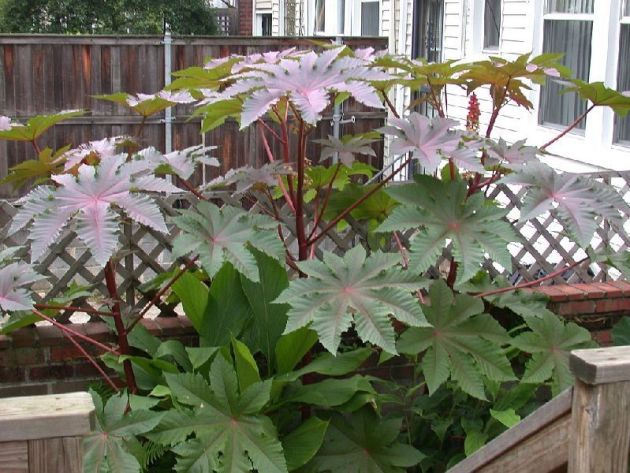
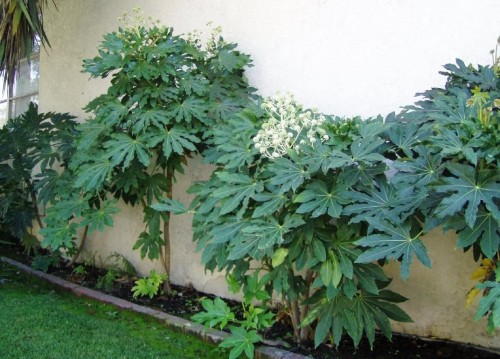
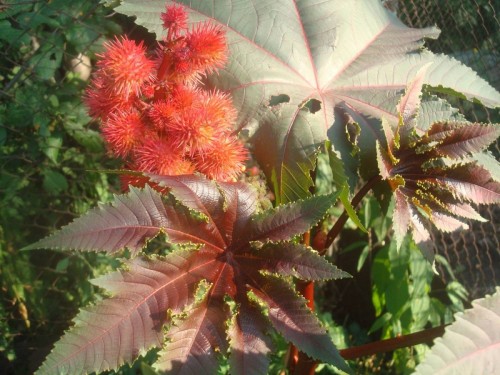
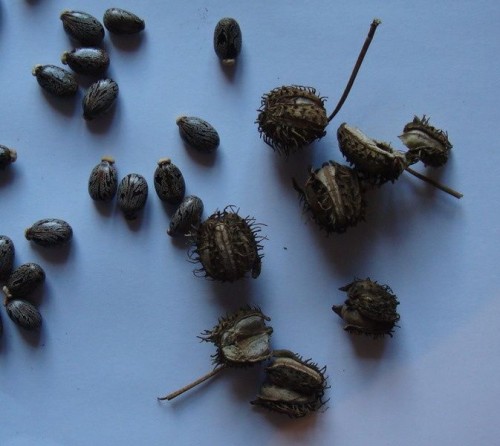
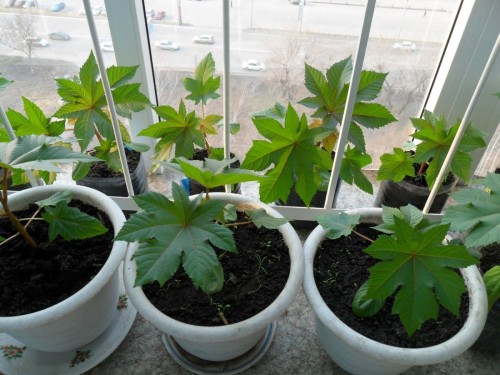
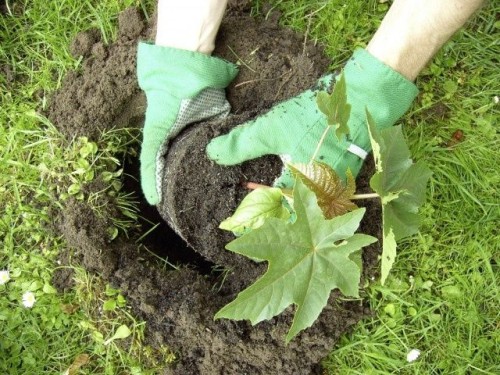
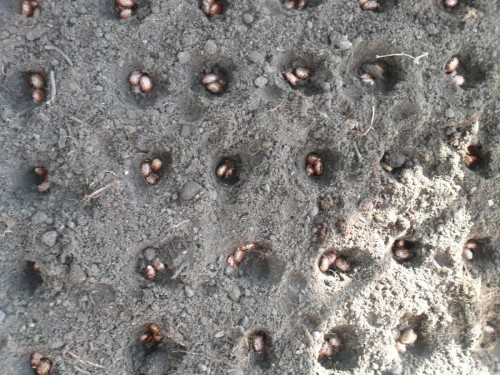
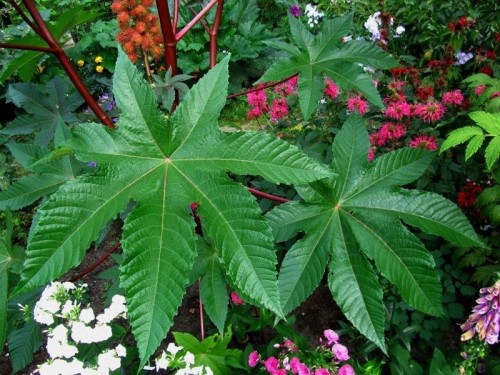
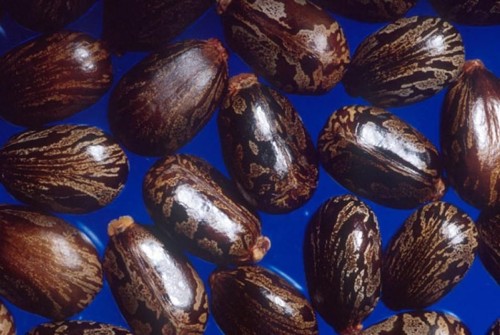
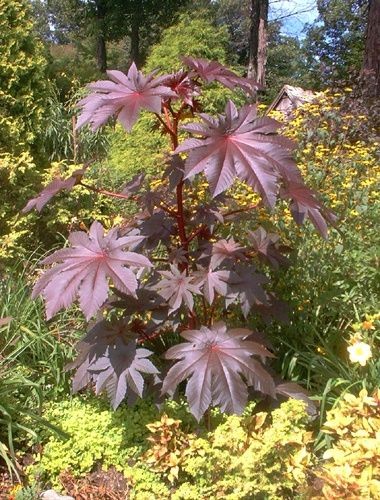












 Start a discussion ...
Start a discussion ...